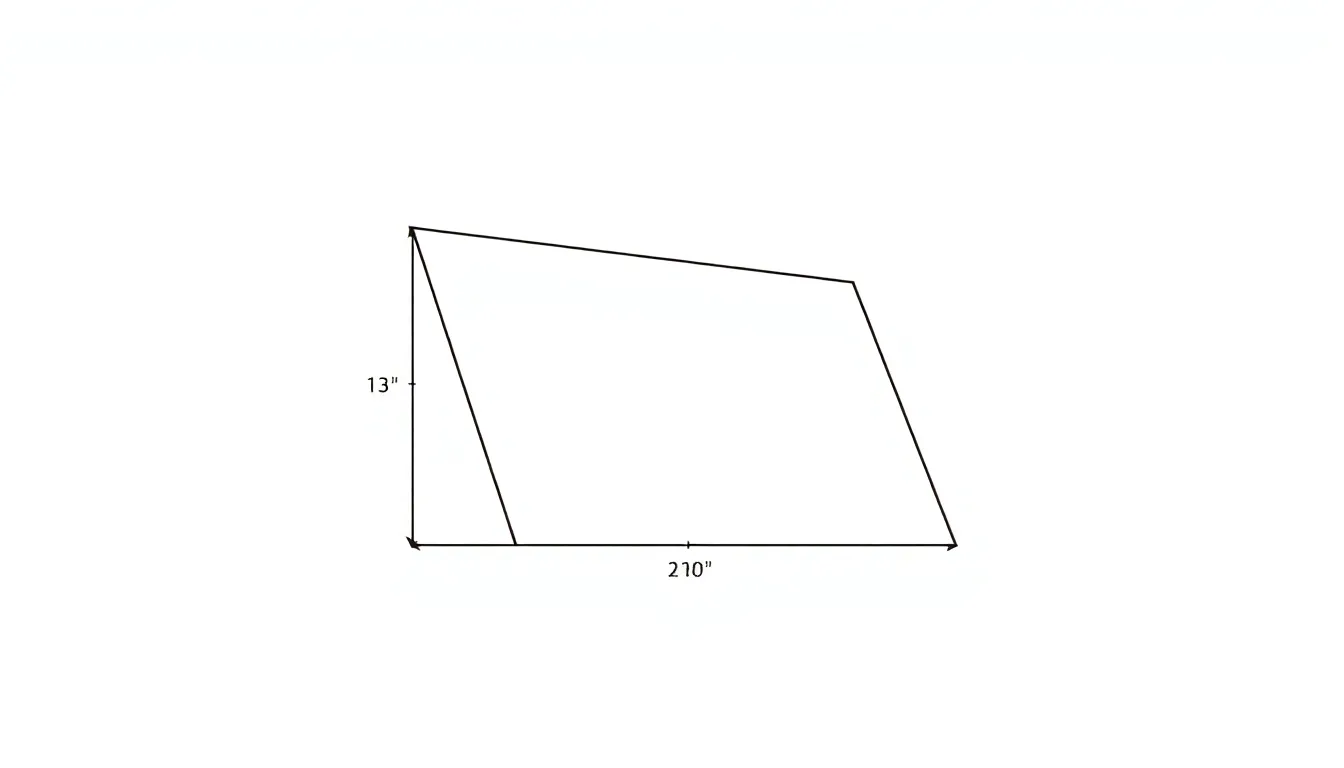When it comes to shapes, the world is full of fascinating characters. Among them, the trapezoid struts around with a flair for the dramatic, leaving many to wonder if it truly belongs to the exclusive club of polygons. With its unique two-parallel-sides charm, it often raises eyebrows and questions at geometry parties.
Is it a polygon? Absolutely! A trapezoid fits the bill, boasting four sides and a distinct personality that makes it a true geometric superstar. So grab your protractor and get ready to dive into the world of angles and sides. This article will unravel the mysteries of trapezoids and why they deserve a spot in the polygon hall of fame. Who knew geometry could be this entertaining?
Table of Contents
ToggleUnderstanding Polygons
Polygons form a crucial part of geometric studies, encompassing various shapes with specific attributes. These figures possess at least three sides and angles, enabling them to classify into distinct types.
Definition of a Polygon
A polygon refers to a two-dimensional shape consisting of straight line segments connected end-to-end. Each segment represents a side, while the meeting points define vertices. Common types include triangles, quadrilaterals, pentagons, and hexagons. In mathematics, polygons are categorized mainly by the number of sides; for instance, a triangle has three sides, a quadrilateral has four sides, and so forth.
Characteristics of Polygons
Polygons exhibit key characteristics that define them visually and mathematically. They comprise sides that are straight, with no curves allowed. Each polygon features closed figures, meaning there are no gaps in the shape. Angles within the polygons can vary in degrees, contributing to the diverse classification of these shapes. Regular polygons possess equal sides and angles, while irregular ones vary in these aspects. The sum of internal angles in polygons depends on the number of sides; for example, a quadrilateral has a sum of 360 degrees.
Exploring Trapezoids

Trapezoids showcase fascinating traits within the realm of geometry. They distinctly fall under the category of polygons, defined by having four sides.
Definition of a Trapezoid
A trapezoid, specifically in the U.S. definition, is a quadrilateral with at least one pair of parallel sides. These sides form the bases of the trapezoid, while the other two sides are non-parallel. The angles within a trapezoid can vary but still help maintain its classification. Given their unique structure, trapezoids find use in various geometric applications.
Types of Trapezoids
Trapezoids come in two primary types: isosceles and right. Isosceles trapezoids feature non-parallel sides that are equal in length, presenting a symmetrical appearance. Right trapezoids, on the other hand, include one or two right angles, making them distinct in shape. These types illustrate the versatility of trapezoids, each serving specific functions in geometry and design.
Is a Trapezoid a Polygon?
A trapezoid is indeed classified as a polygon. Polygons are defined as two-dimensional shapes with straight line segments that connect end-to-end, forming a closed figure. They must consist of at least three sides; to confirm a figure as a polygon, it must meet three key criteria.
Criteria for Polygon Classification
First, polygons require a minimum of three straight sides. Each side must connect at vertices to form a closed shape. Second, the internal angles of a polygon must add up to a specific value determined by the number of sides. Third, these shapes cannot have any curves. Trapezoids, possessing four sides with straight lengths and a defined closure, meet all these conditions.
Analysis of Trapezoids as Polygons
Examining trapezoids reinforces their classification as polygons. They consist of four sides known as quadrilaterals, with at least one pair of parallel sides. This unique feature distinguishes them within the polygon category. Internal angles in a trapezoid, like other polygons, sum to 360 degrees. Types of trapezoids, including isosceles and right, showcase structural diversity while maintaining polygon characteristics. Their geometric properties confirm trapezoids’ roles as essential members of the polygon family.
Common Misconceptions
Misconceptions about trapezoids often arise in geometry discussions. Many assume trapezoids differ significantly from other quadrilaterals, but this isn’t the case. Trapezoids, defined as quadrilaterals with at least one pair of parallel sides, share fundamental properties with other quadrilaterals such as squares, rectangles, and rhombuses. While trapezoids have unique characteristics, they are still part of the quadrilateral family. Understanding this connection clarifies their place in geometric studies.
Misunderstandings frequently stem from geometry education. In classrooms, trapezoids may be presented in ways that confuse students regarding their properties. Some learners misconceive that trapezoids are separate entities instead of recognizing them as polygons within the quadrilateral category. Emphasizing their polygonal attributes can help clarify their significance in geometry. Engaging students with practical examples can also reinforce these concepts effectively. Addressing misconceptions enhances comprehension and appreciation for trapezoids in geometric contexts.
Trapezoids hold a significant place in the realm of polygons. Their unique characteristics not only define them as quadrilaterals but also showcase their versatility in geometry. Understanding trapezoids enriches one’s appreciation for the diverse world of shapes and their applications.
By recognizing trapezoids as part of the polygon family, one can better grasp the relationships between different geometric figures. This knowledge fosters a deeper understanding of geometry as a whole, reinforcing the importance of trapezoids in both academic and practical contexts.





